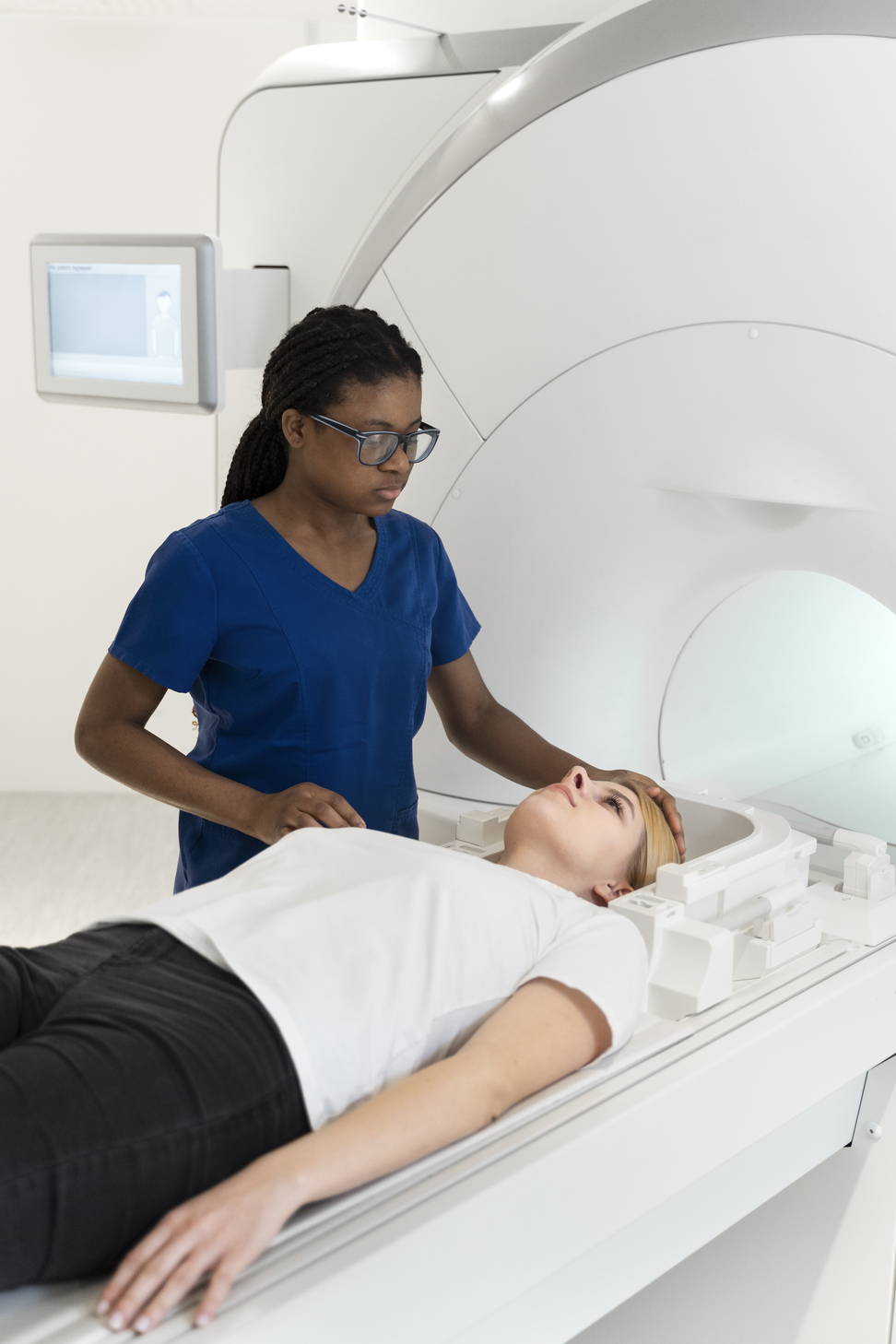

In a study reported in The Lancet Oncology, researchers from the Mayo Clinic Comprehensive Cancer Center found that breast cancer treatment might need a shorter time. They looked at two different schedules for a pencil-beam scanning proton therapy that’s really precise in targeting cancer cells while protecting healthy ones, thus reducing the risk of side effects.
Breast cancer survival rates are improving because it is getting better at finding and treating it. But the emphasis is also on the breast cancer treatments not causing problems later on, like long-term side effects from radiotherapy.
Before this study, all patients who got proton beam therapy after a mastectomy for breast cancer had to go through 25 to 30 treatment days, usually over five to six weeks. The idea was to see if they could do it faster without causing more side effects.
They tested this on 82 patients who needed this breast cancer treatment, many of whom had breast reconstruction. They divided them into two groups: one group got the usual treatment in 25 days, and the other got a shorter treatment in 15 days. The hypofractionated proton therapy treatment used stronger doses each time, so it only took three weeks to finish. Both groups had their breast cancer controlled well, and they didn’t have more problems in the normal tissue around the cancer. So, the shorter treatment worked just as well as the conventional method without more complications.
“The study provides the first prospective data supporting the use of shorter-course proton PMRT, including in patients with immediate breast reconstruction, and the first mature results of a randomized trial in the field of breast particle therapy,” says Robert Mutter, M.D., a radiation oncologist and physician-scientist at Mayo Clinic Comprehensive Cancer Center. “We can now consider the option of 15 days of therapy with patients based on the similar treatment outcomes observed as the longer conventional course. Of note, the short course actually resulted in reduced skin side effects during and after treatment.”
This new treatment schedule works well and also makes life easier for patients. They don’t have to deal with the extra hassle, cost, and other problems that come with the longer treatment.
Proton beam therapy centers are not everywhere. So, revealing the safeness and workability of this shorter breast cancer treatment could help more difficult-to-treat cancer cases get access to this advanced proton beam technology.
The researchers believe it’s worth looking into how much radiation is best and how it should be delivered. They are planning more research on proton postmastectomy radiotherapy (PMRT), which might even lead to treatments as short as just five days.
“Ultimately, our goal is to personalize radiotherapy based on tumor biology,” Dr. Mutter says. “We want to identify the best possible radiotherapy schedules or drug-radiotherapy combinations to eliminate cancer while minimizing side effects.”
Know more about Breast Cancer – Detection, Diagnosis, and Patient Psychological care
more recommended stories
 Coffee and Cognitive Function: Evidence Review
Coffee and Cognitive Function: Evidence ReviewA new narrative review in Cureus.
 Colorectal Cancer Screening Rates Low in Adults 45–49
Colorectal Cancer Screening Rates Low in Adults 45–49Recent UCLA research reveals that colorectal.
 Gut Immune Cells and Long-Lasting Antiviral Protection.
Gut Immune Cells and Long-Lasting Antiviral Protection.Breakthrough Findings on How Gut Immune.
 Mild Pancreatic Duct Dilatation Signals Higher Cancer Risk
Mild Pancreatic Duct Dilatation Signals Higher Cancer RiskEarly Structural Changes Offer Critical Clues.
 How the Uterus Senses Force During Labor: New Insights
How the Uterus Senses Force During Labor: New InsightsA new study published in Science.
 Fat-Free Mass and Brain Outcomes in Preterm Babies
Fat-Free Mass and Brain Outcomes in Preterm BabiesEarly Fat-Free Mass May Hold the.
 How Hormones Shape Dopamine-Driven Learning
How Hormones Shape Dopamine-Driven LearningNYU Study on Hormones and Cognitive.
 Protein Pair Guides Chromosome Alignment in Mitosis
Protein Pair Guides Chromosome Alignment in MitosisKey Points A joint research team.
 Intensive mind-body retreat rapidly alters brain function
Intensive mind-body retreat rapidly alters brain functionAn intensive mind-body retreat combining meditation,.
 Citrus and Grape Compounds Help Prevent Type 2 Diabetes
Citrus and Grape Compounds Help Prevent Type 2 DiabetesA new clinical trial highlights the.

Leave a Comment